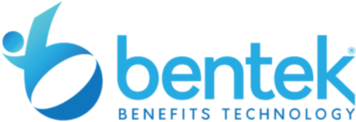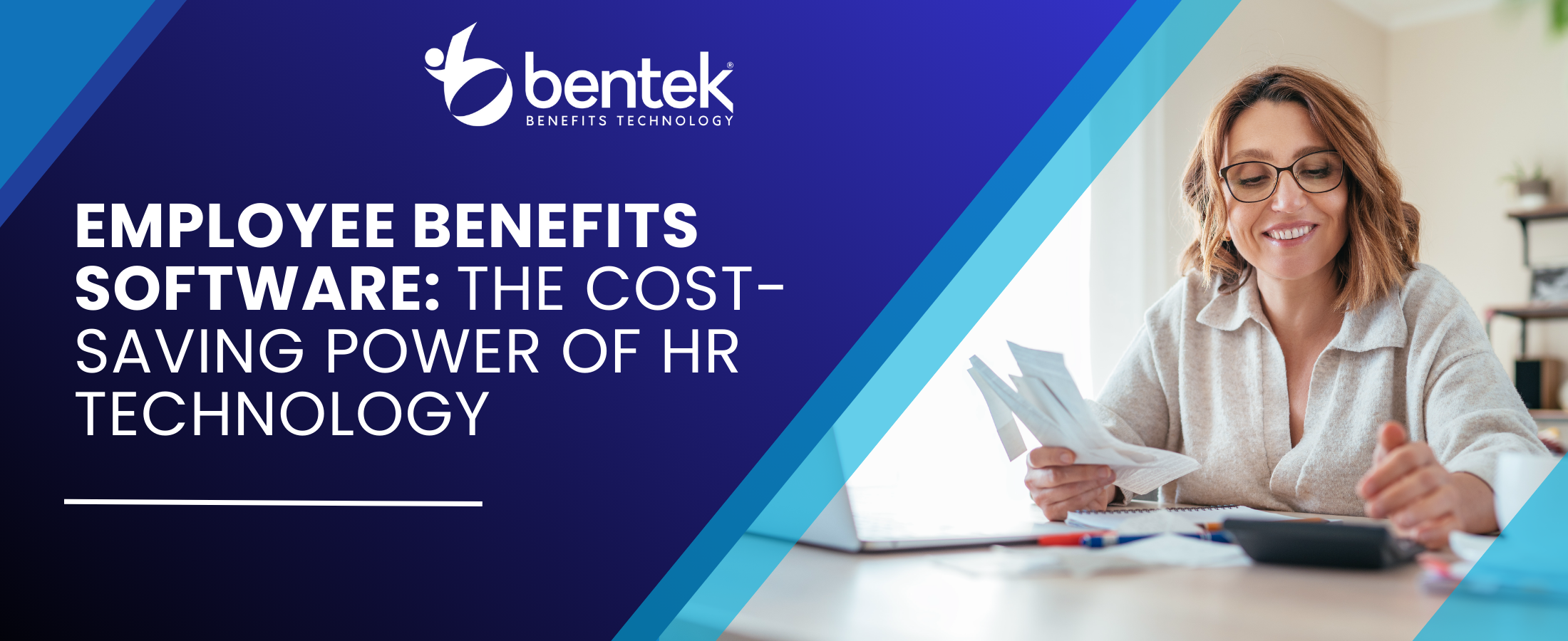Open enrollment periods represent one of the most challenging times for public sector HR departments. Managing benefits elections for hundreds or thousands of employees while ensuring compliance, accuracy, and employee satisfaction can stretch resources thin. Technology solutions have emerged as powerful allies in transforming this once-daunting process into a streamlined, efficient experience for both administrators and employees.
The Current State of Public Sector Open Enrollment
Traditional open enrollment processes in government agencies and public institutions often involve considerable paperwork, manual data entry, and extensive staff time dedicated to answering employee questions. According to the Center for State and Local Government Excellence, 62% of public sector HR professionals identify benefits administration as one of their most time-consuming responsibilities.
The consequences of outdated enrollment processes are significant:
- The International Foundation of Employee Benefit Plans reports that manual benefits administration processes cost public sector organizations an average of $175 per employee annually in staff time and resources.
- A NASCA (National Association of State Chief Administrators) study found that paper-based enrollment processes result in error rates between 5-7%, leading to coverage issues and administrative rework.
- Gartner research indicates that without technology support, HR staff in public agencies spend approximately 40% of open enrollment periods answering basic questions rather than addressing complex issues.
Key Technology Solutions Transforming Open Enrollment
Modern technology platforms are revolutionizing how public sector organizations manage open enrollment:
1. Self-Service Benefits Portals
User-friendly digital platforms allow employees to review options, compare plans, and make selections independently. According to PwC’s Public Sector Research, agencies implementing self-service benefits portals report a 62% reduction in administrative inquiries during enrollment periods.
Effective portals provide:
- Side-by-side plan comparisons
- Personalized cost calculators
- Guided decision support tools
- Mobile-friendly interfaces
- Multi-language support
The National Association of State Personnel Executives notes that public sector organizations with comprehensive self-service portals achieve average enrollment completion rates of 92%, compared to 76% for those using hybrid paper/digital approaches.
2. Decision Support Tools
Advanced decision support tools help employees navigate complex benefits choices:
- Interactive plan comparison tools
- Cost estimators based on historical usage
- “People like me” recommendations
- Virtual benefits counselors
SHRM (Society for Human Resource Management) research indicates that public institutions implementing decision support technologies see a 24% increase in employee confidence regarding benefits selections and a 17% reduction in post-enrollment changes.
3. Automated Communications
Strategic, technology-driven communications keep employees informed and engaged:
- Automated email/text reminders of key deadlines
- Personalized notifications based on enrollment status
- On-demand educational videos and webinars
- Virtual benefits fairs
A McKinsey & Company study found that public sector organizations using automated, multi-channel communications achieve 28% higher enrollment participation rates than those relying on traditional methods.
4. Analytics and Reporting
Real-time analytics provide valuable insights throughout the enrollment process:
- Enrollment completion tracking
- Plan selection trends
- Demographic analysis of choices
- Identification of communication gaps
According to Deloitte’s Government Human Capital Trends, 83% of public sector organizations that leverage analytics during open enrollment make mid-cycle adjustments that improve completion rates by an average of 14%.
Implementation Best Practices for Public Sector Organizations
Successfully implementing technology solutions for open enrollment requires careful planning:
1. Start with User Experience
The U.S. Digital Service recommends focusing first on user experience when deploying benefits technology. Public sector employees expect the same intuitive interfaces they encounter in consumer applications.
Key considerations include:
- Minimizing clicks to complete enrollment
- Ensuring accessibility compliance (Section 508)
- Providing clear, jargon-free instructions
- Testing with diverse user groups before launch
2. Integrate with Existing Systems
According to the National Association of State Chief Information Officers, successful public sector technology implementations are 78% more likely to succeed when they prioritize integration with existing HR and payroll systems.
Critical integration points include:
- Single sign-on capabilities
- Automated data transfer to HRIS/payroll
- Consistency with other employee self-service tools
- Vendor system connections
3. Prioritize Security and Compliance
The Government Finance Officers Association emphasizes that benefits platforms must meet rigorous security standards to protect sensitive employee information.
Essential security measures include:
- End-to-end data encryption
- Role-based access controls
- Comprehensive audit trails
- Compliance with state and federal data protection regulations
4. Develop a Robust Communication Strategy
Technology alone isn’t enough—it must be accompanied by effective communication. The Public Sector HR Association recommends a multi-channel approach that combines:
- Traditional methods (staff meetings, printed materials)
- Digital communications (email, intranet, text)
- Interactive resources (webinars, virtual Q&A sessions)
- Manager toolkits to support team discussions
Measuring Success: Key Metrics for Technology-Enabled Enrollment
The Bureau of Labor Statistics recommends tracking these metrics to evaluate enrollment technology effectiveness:
- Enrollment completion rates and timing
- Administrative time spent on enrollment support
- Error rates and corrections required
- Employee satisfaction and confidence measures
- Benefits engagement metrics post-enrollment
Looking Ahead: Emerging Trends
Several technology trends are shaping the future of public sector benefits enrollment:
- AI-powered decision support: Gartner predicts that by 2026, 40% of public sector organizations will utilize AI-driven virtual benefits assistants.
- Year-round engagement platforms: Benefits technology is evolving beyond enrollment periods to support continuous education and utilization.
- Enhanced data security: As cyber threats increase, NIST (National Institute of Standards and Technology) recommends that public institutions implement continuous security monitoring for benefits platforms.
- Increased personalization: Advanced analytics will enable increasingly personalized benefits recommendations based on individual and family circumstances.
For public sector HR professionals, technology-enabled open enrollment represents an opportunity to transform a traditionally stressful process into a strategic advantage. By implementing robust digital platforms, agencies can reduce administrative burden, improve employee satisfaction, and ultimately deliver greater value from their benefits investments.
The most successful implementations combine thoughtful technology selection with careful attention to user experience, integration, security, and communication. With proper planning and execution, public sector organizations can achieve enrollment outcomes that rival or exceed those in the private sector while maintaining their commitment to responsible resource management.
For more articles like this, check out the Bentek Blog!




